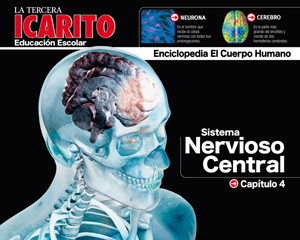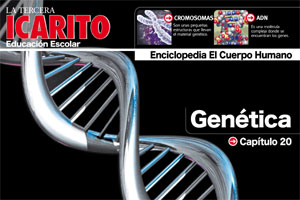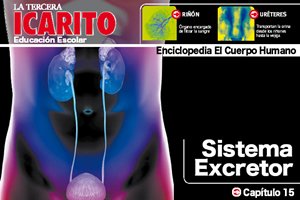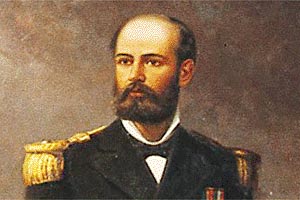In the fourth chapter of our collection we have gotten to know about the central nervous system and its main functions as well as its components. In order to prove what and how much you have learned about this chapter, we recommend you check out the tips, summaries and answer some check up questions.
Summaries
Central nervous system
– The central nervous system (CNS) is made up of the encephalon and the spinal cord.
– The encephalon consists of three parts: brain, cerebellum and cerebral stem.
– The brain is made up of a folded surface with wrinkles called circumvolutions, sulcus and fissures.
Neurons and spinal cord
– Neurons are cells that transmit impulses in the form of electric signals.
– One of the functions of the spinal cord is to transport information between spinal nerves and the brain.
– The synapse is the communication point between one neuron and another.
Diseases of the CNS
– Cerebrovascular diseases affect the blood vessels of the brain.
– Meningitis, caused by a bacteria, is the most dangerous because it can even be fatal.
– Multiple sclerosis is an affliction that swells the nervous tissue of the brain and spinal cord.







